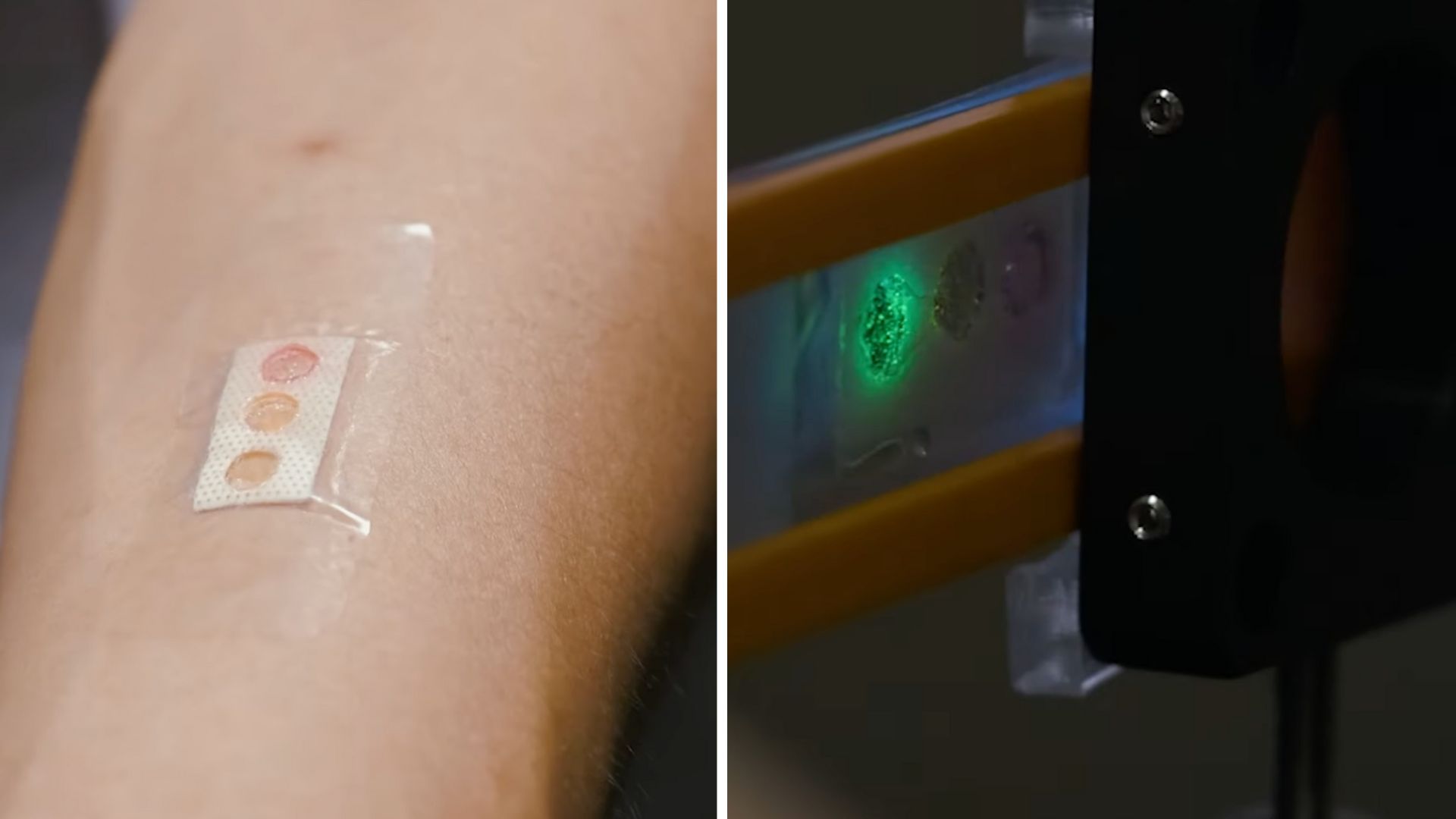Fitness
Goodbye needles: Tiny laser in band-aid tracks glucose from sweat

Researchers at Nanyang Technological University, Singapore (NTU Singapore) have developed an innovative band-aid that can track important health indicators through sweat.
This innovation promises a non-invasive and efficient method for individuals, particularly diabetic patients, to monitor their health status on a daily basis.
Human sweat contains valuable biomarkers such as glucose, lactate, and urea, which can provide crucial insights into various health conditions. Traditionally, diabetic patients have relied on invasive methods like finger prick tests to monitor blood glucose levels, a process that can be painful and inconvenient.
Alternatively, sensor-based devices are available but often have limitations, such as high cost and discomfort from prolonged skin attachment.
The NTU research team, led by Assistant Professor Chen Yu-Cheng from the School of Electrical and Electronic Engineering (EEE), has ingeniously integrated a microlaser technology into a soft hydrogel film, creating a flexible and compact sensing device akin to a plaster.
This device can swiftly and accurately detect biomarker levels in sweat, offering a seamless health monitoring experience without the need for invasive procedures.
Chen highlighted the importance of their innovation, explaining that their band-aid-like device marks a major advancement in health monitoring technology.
“By combining a microlaser with a soft hydrogel film, we have demonstrated the feasibility of a wearable laser to provide a more pleasant health monitoring experience for patients,” he added.
Cutting-edge technology and future applications
The NTU team’s new device is part of their NTU 2025 plan to use cutting-edge research for societal benefit. This band-aid uses tiny lasers in liquid crystal droplets to detect specific health markers. Different colored dots on the plaster represent glucose, lactate, and urea, allowing the device to monitor all three at the same time.
In live experiments, the band-aid showed impressive sensitivity, detecting tiny changes in biomarker levels as small as 0.001 mm, which is 100 times better than existing technologies. This precision enables accurate tracking of biomarkers and gives a detailed picture of the user’s health, covering both low and high levels.
“Our device is capable of detecting both the high and low range of biomarkers levels,” said Nie Ningyuan, Ph.D. candidate and first author of the study, highlighting the device’s versatility.
“This is particularly beneficial for diabetic patients as current similar health monitoring devices focus on tracking only high glucose levels, but not abnormal or low glucose levels, which may indicate other health complications.”
The “device will provide a clearer picture of the users’ health condition with a variety of readings captured,” added Ningyuan.
Expert endorsement and future directions
Dr. Lin Chun-Hsien, a physician from the National Taiwan University Hospital specializing in endocrinology, expressed optimism about the NTU device’s potential impact on patient care.
“Diabetic patients need to frequently monitor their blood glucose level for their safety,” she noted.
“I am hopeful that this laser-based, non-invasive wearable device developed by the NTU Singapore team can provide a more convenient and effective way to monitor patients’ blood glucose.”
The NTU research team aims to enhance the device’s capabilities further, potentially expanding its application to detect additional substances, such as drugs and other chemical compounds present in sweat.
The findings were detailed in the journal Analytical Chemistry.










